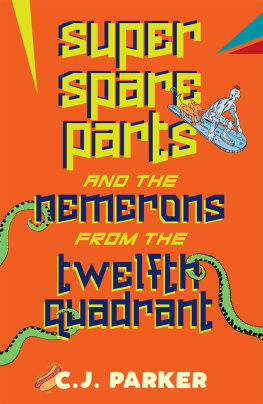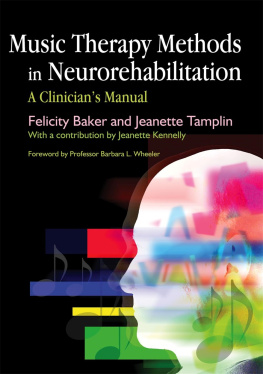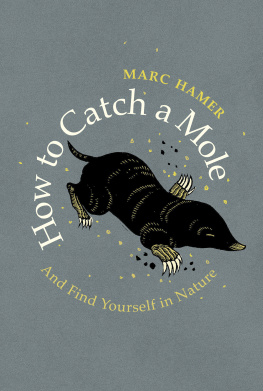PARENTAL GRIEF AND PHOTOGRAPHIC REMEMBRANCE
SHARING DEATH ONLINE
Series Editors
Dorthe Refslund Christensen
Aarhus University, Denmark
Kjetil Sandvik
University of Copenhagen, Denmark
Humans face and deal with death and loss through media and technologies at hand. In contemporary culture, online media is perhaps the most important arena for the (re-) interpretations, (re-)mediations and performances of traditions, practices and beliefs related to death and dying. While some of these traditions are indeed new and digitally born, others are revitalisations of older death-related practices.
Sharing Death Online is a new book series with the ambition to embrace the fact that death is both a basic human condition that humans share socially and an event in human life that calls people to be intimate and to share their human experiences, both in relation to death and to other basic life conditions such as family, love, loneliness, health, friends, etc. Death is crisis, endpoint, turning point, however, at the same time a source of experimentation, creativity and transgression.
The series welcomes both analytical case studies and theoretical, analytical contributions from, and across, a great variety of disciplines including (media) sociology, (media) aesthetics, cultural studies, digital design, psychology, (visual) anthropology, design, the history of religion, philosophy, linguistics, art history and more.
PARENTAL GRIEF AND PHOTOGRAPHIC REMEMBRANCE
A Historical Account of Undying Love
BY
FELICITY T. C. HAMER
Concordia University, Montreal
United Kingdom North America Japan India
Malaysia China
Emerald Publishing Limited
Howard House, Wagon Lane, Bingley BD16 1WA, UK
First edition 2020
Copyright Felicity T. C. Hamer, 2020. Published under an exclusive licence.
Reprints and permissions service
Contact:
No part of this book may be reproduced, stored in a retrieval system, transmitted in any form or by any means electronic, mechanical, photocopying, recording or otherwise without either the prior written permission of the publisher or a licence permitting restricted copying issued in the UK by The Copyright Licensing Agency and in the USA by The Copyright Clearance Center. No responsibility is accepted for the accuracy of information contained in the text, illustrations or advertisements. The opinions expressed in these chapters are not necessarily those of the Author or the publisher.
British Library Cataloguing in Publication Data
A catalogue record for this book is available from the British Library
ISBN: 978-1-78769-326-5 (Print)
ISBN: 978-1-78769-323-4 (Online)
ISBN: 978-1-78769-325-8 (Epub)
For Auntie Gail
CONTENTS
List of Illustrations
About the Author
Preface
Acknowledgements
LIST OF ILLUSTRATIONS
Fig. 1. | Unknown. Little Rosie, n.d. Jack and Beverly Wilgus Collection. |
ABOUT THE AUTHOR
Felicity T. C. Hamer is a PhD candidate in the Communication Studies Program at Concordia University in Montreal, Canada. Perplexed by her own emotional response to photographs, she ventures to understand the complex ways in which photographic portraits extend our relationships beyond physical death. Within this context, Hamer examines the therapeutic potential of photography associated with death rituals and of Victorian-era Spirit Photography in particular. In a recent article, based on her MA Art History thesis, she challenges the dominant narrative of spirit photographys development: Helen F. Stuart and Hannah Frances Green: the original spirit photographer, History of Photography, 42, no. 2 (2018): 146167. Her research focusses on memory and imagination through photography; bereavement and photography; emotional engagement with photographs; paranormal, supernatural, magical and miraculous imagery; and intersections of religion and photography.
PREFACE
This has not been easy to write about. As someone who is deeply affected by photographic portraits, bereavement through photography is a particularly meaningful and at times painful topic to explore. As a mother, delving into the mementoes and testimony of parents who have lost children has been especially hard to bear. But perhaps, it is precisely this intense discomfort that makes the topic so meaningful. Though photographs of children abound on social media, bereaved parents might feel pressure to withdraw from oversharing on these platforms. Social media continues to remind them of their children and of their loss everything does but the bulk of their experience tends to be expressed within semi-private groups or sites devoted to the collective sharing of such losses. Facebook groups such as May We All Heal, Yes it is me with the dead boy (ja det er mig med den dde dreng), Grieving Mothers, Child Loss Survivors, My Child did Exist, Child Loss and Grief Support, or various loss-specific groups moderated by The Compassionate Friends or Legacy.com are just a few of the spaces wherein individuals are free to push beyond the limits of more public social media spaces. In the company of others who identify with their losses, the bereaved grapple with questions such as: What must be done with all that was imagined for their lost children? And, are they still parents?
Whether shared with others or kept as personal mementoes, photographic portraits offer an opportunity for parents to express their love and willingness to remember. This volume explores such heartfelt expressions of remembrance through photography, making space for this unknowable, unimaginable sadness.
Grief is not contagious and yet a recently widowed friend shared with me that she sensed people avoiding her certainly avoiding addressing her loss. At a time when she most needed support and to communicate her experience, she was isolated. Increasingly, semi-private social media groups enable the bereaved to experiment with intimacy, countering expectations of silence that dominated the second half of the twentieth century. Creative incorporations of photography within these spaces even contested attempts demonstrate a revival and renegotiation of historic practices. Recurrent tendencies and their evolution within new media offer an opportunity to observe the complex relationships grief can prompt some individuals to form with the portraits of absent loved ones.
Photographic portraits of those who have passed have the potential to become valuable sites of remembrance. Memories are both fabricated and supported by these images; and the imaginative activity triggered by these visual traces helps slow down and thereby soften the abrupt separation of the bereaved from the departed. Extending relationships beyond physical death, photographs suggest prolonged access to the departed via memory. As those who die young often leave little to no visual evidence, parents have conceived multiple creative means of procuring, enhancing and producing photographic mementoes. The loss of a child provokes a unique problem the bereaved have had little time with the deceased and therefore struggle with the loss of all that














